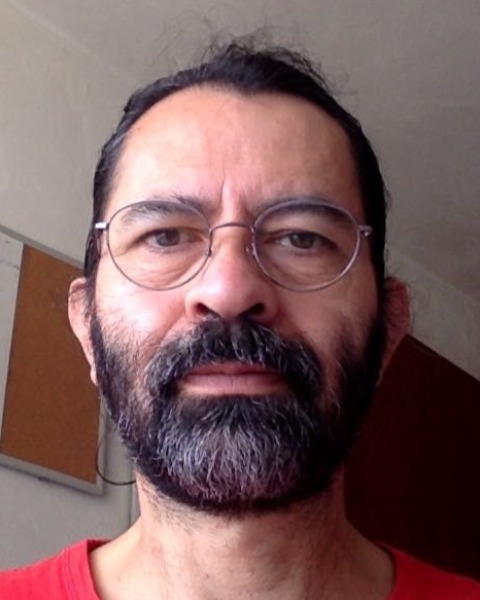Back
Contributed Poster
Poster Type: Contributed Poster
Poster Session:: Herbivory
PS 28-91 - Folivory, seed abortion and seed size variation in the dioecious tree, Ilex tolucana
Tuesday, August 16, 2022
5:00 PM – 6:30 PM EDT
Located in: ESA Exhibit Hall

Germán Avila
Associate Professor
The University of Winnipeg
Winnipeg, Manitoba, Canada
Presenting Author(s)
Background/Question/Methods
Seed size may strongly influence germination success and seedling survival. Seed size variation within individuals may result from differences among seeds in their abilities to garner resources, and could be exacerbated by reductions in parental plant access to resources. Herbivory may impose important reductions in resource acquisition for plants. Within multi-seeded fruits, differences in seed size could reflect selective seed abortion.
The objective of this study was to determine how changes in resource availability due to leaf herbivory (folivory) affect intra-individual variation in seed size. Given that levels of folivory vary among individual plants, I hypothesized a positive association between the level of folivory and intra-individual variation in seed size.
In a cloud forest remnant of Veracruz, I collected mature fruits from 15 female individuals of the dioecious tree, I. tolucana. After extracting, rinsing and air-drying the seeds, I weighed and measured the length and width of each seed individually. Using samples of 20 leaves/branch from three branches of each individual, I calculated a leaf damage index per individual from visual estimates of six percentage categories of damage on a logarithmic scale.
Results/Conclusions
Seeds of this species varied more in length than width, and in ~30% of fruits, one of the four seeds (aborted?) is much smaller than the other three. Preliminary data show only a weak relationship between variation in seed mass and the level of foliar damage both at the branch and individual levels. I did not find an association between the proportion of fruits with a putatively aborted seed and the individual level of herbivory.
I am currently working on obtaining more precise foliar damage estimates using image analysis. I will also determine the paternity of seeds of different sizes within the same fruit and the influence of seed size on its germination success and the survival of the seedling produced. This information would be useful to guide decisions about including this species in ecological restoration programs.
Seed size may strongly influence germination success and seedling survival. Seed size variation within individuals may result from differences among seeds in their abilities to garner resources, and could be exacerbated by reductions in parental plant access to resources. Herbivory may impose important reductions in resource acquisition for plants. Within multi-seeded fruits, differences in seed size could reflect selective seed abortion.
The objective of this study was to determine how changes in resource availability due to leaf herbivory (folivory) affect intra-individual variation in seed size. Given that levels of folivory vary among individual plants, I hypothesized a positive association between the level of folivory and intra-individual variation in seed size.
In a cloud forest remnant of Veracruz, I collected mature fruits from 15 female individuals of the dioecious tree, I. tolucana. After extracting, rinsing and air-drying the seeds, I weighed and measured the length and width of each seed individually. Using samples of 20 leaves/branch from three branches of each individual, I calculated a leaf damage index per individual from visual estimates of six percentage categories of damage on a logarithmic scale.
Results/Conclusions
Seeds of this species varied more in length than width, and in ~30% of fruits, one of the four seeds (aborted?) is much smaller than the other three. Preliminary data show only a weak relationship between variation in seed mass and the level of foliar damage both at the branch and individual levels. I did not find an association between the proportion of fruits with a putatively aborted seed and the individual level of herbivory.
I am currently working on obtaining more precise foliar damage estimates using image analysis. I will also determine the paternity of seeds of different sizes within the same fruit and the influence of seed size on its germination success and the survival of the seedling produced. This information would be useful to guide decisions about including this species in ecological restoration programs.
